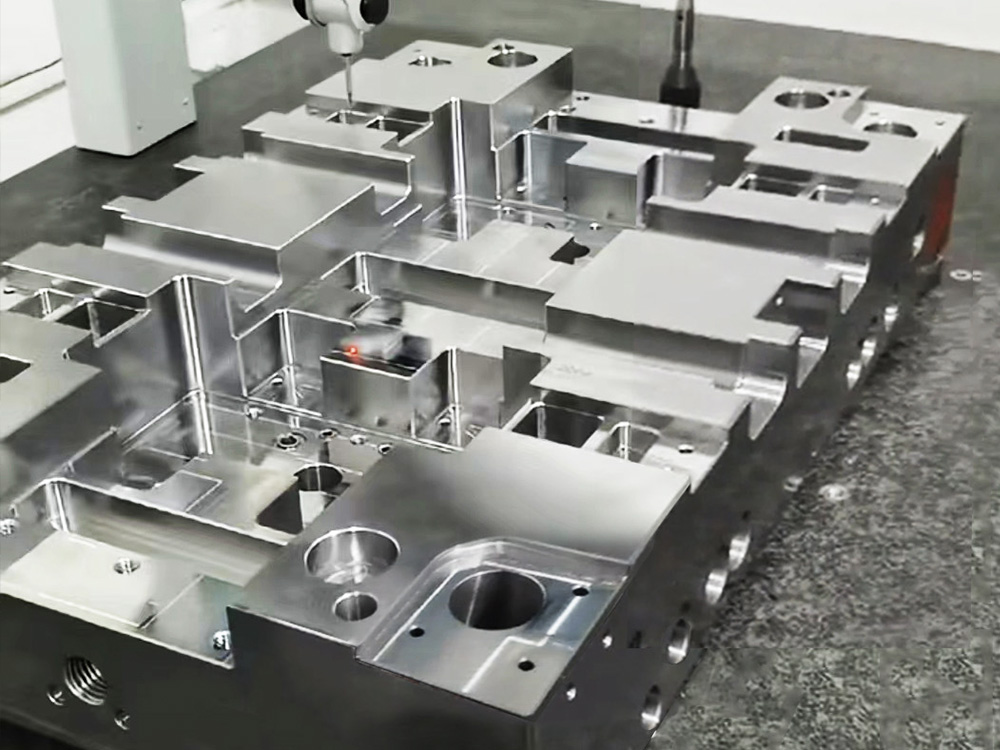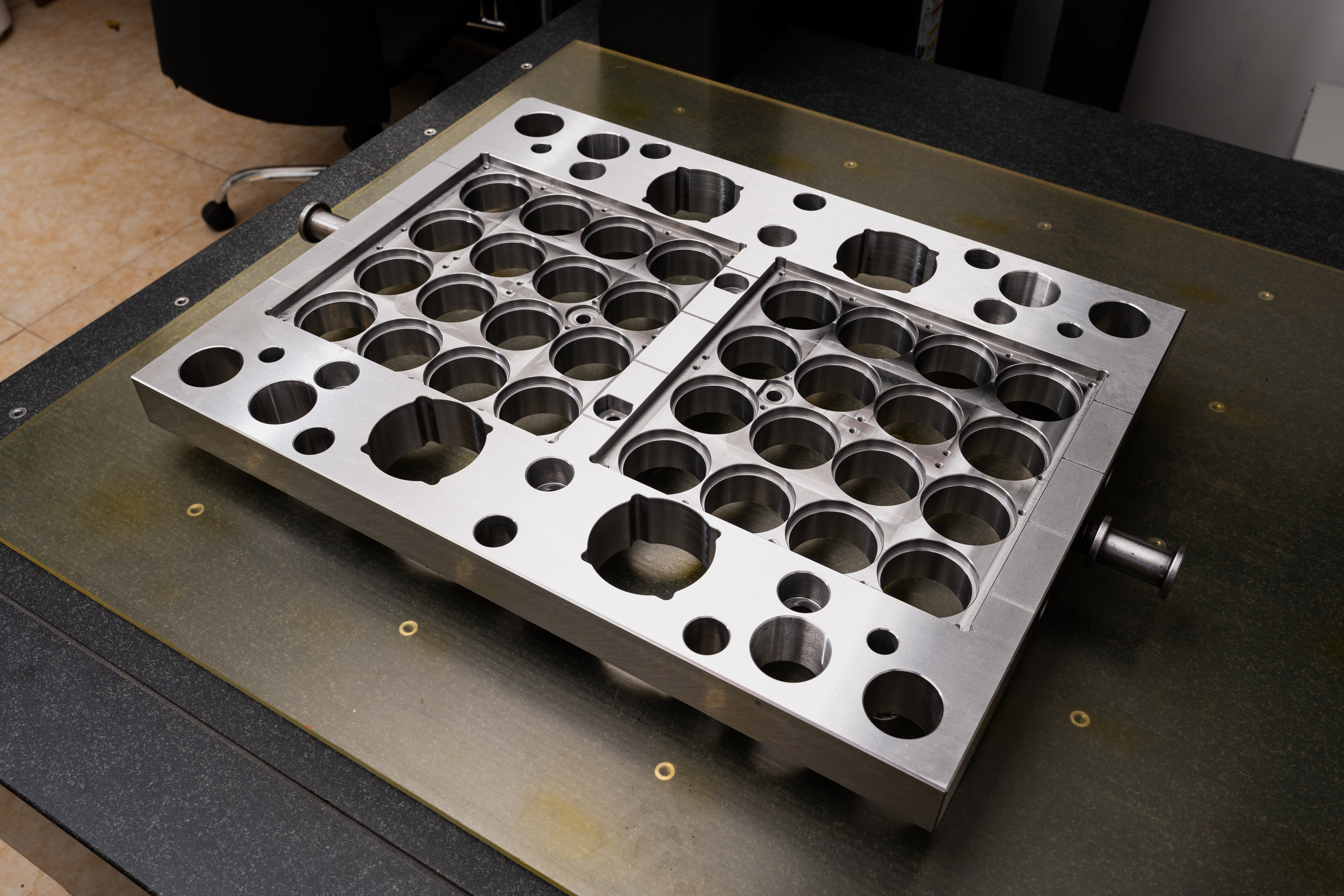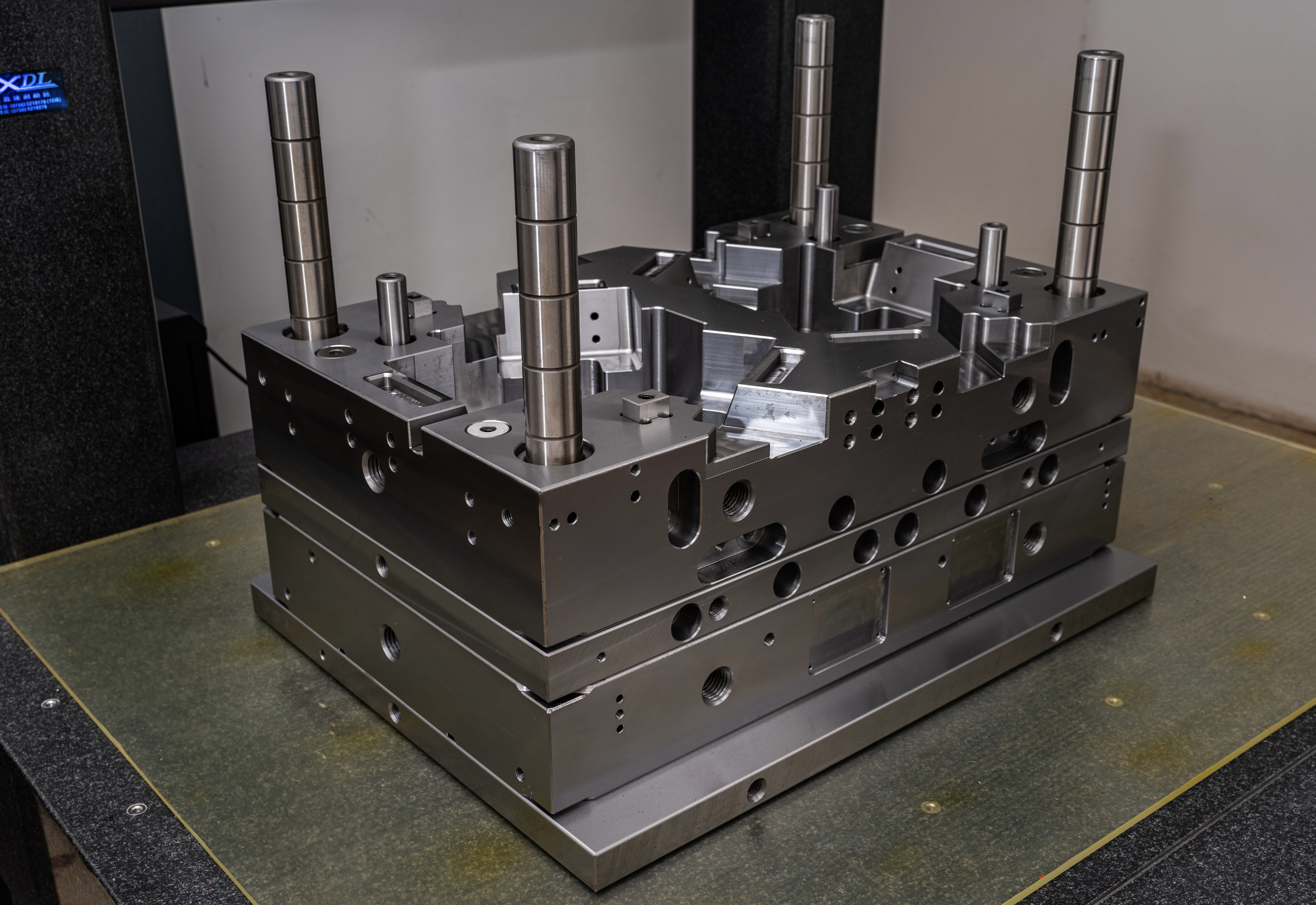The Importance of Mold Clamping System in the Mold Base Industry
In the mold base industry, the installation of a proper mold clamping system is of utmost importance. This system plays a crucial role in ensuring the stability and precision of the mold during the injection molding process. In this article, we will explore the significance of a mold clamping system and provide guidance on how to install mold clamping racks effectively.
Overview of a Mold Clamping System
A mold clamping system consists of various components that work together to securely hold the mold base in place during the injection molding process. These components include clamping units, clamping mechanisms, and clamping racks.
The clamping units are responsible for applying the necessary force to hold the mold base securely. They are usually hydraulic or mechanical and are designed to withstand high pressures without compromising the stability of the mold.
Clamping mechanisms, on the other hand, are the devices that transfer the force from the clamping units to the mold. They are typically located on the mold mounting platen and are designed to distribute the force evenly across the mold base.
Clamping racks provide a framework for the mold clamping system, ensuring proper alignment and movement during the clamping process. They are the main focus of this installation guide and require careful attention to detail.
Installation Process of Mold Clamping Racks
Before starting the installation process, ensure that you have all the necessary tools and equipment, including a forklift or crane for lifting the mold clamping racks. Follow these step-by-step instructions for a successful installation:
Step 1: Prepare the work area by clearing any obstacles and ensuring a clean and level surface to work on. Safety should be a top priority throughout the installation process.
Step 2: Carefully position the mold clamping racks near the mold mounting platen. Use a forklift or crane to facilitate the movement and placement of the racks. Be mindful of the weight and dimensions of the racks to avoid any accidents or damage.
Step 3: Align the mold clamping racks with the mounting platen, ensuring that they are square and parallel to the mold base. Depending on your specific mold clamping system, adjustments may need to be made to achieve proper alignment.
Step 4: Securely fasten the mold clamping racks to the mounting platen, using appropriate bolts and fasteners. It is crucial to ensure that the racks are securely attached to prevent any movement during the injection molding process.
Step 5: Test the installed mold clamping system by applying controlled pressure to the clamping units. Slowly increase the pressure to gauge the stability of the racks and check for any signs of misalignment or instability.
Step 6: Make any necessary adjustments to ensure the precise alignment of the mold clamping racks. This may involve fine-tuning the positioning or tensioning of the racks to achieve optimal stability.
Step 7: Once the mold clamping racks are properly installed and aligned, conduct a thorough inspection to ensure that all components are in good working condition. Check for any signs of wear or damage and address them promptly.
Step 8: Document the installation process, including any adjustments made and the final configuration of the mold clamping system. This documentation will serve as a reference for future maintenance and troubleshooting.
Conclusion
The installation of a mold clamping system is a critical step in the mold base industry. It ensures the stability, precision, and safety of the mold during the injection molding process. By following the step-by-step instructions outlined in this guide, you can successfully install mold clamping racks and contribute to the overall efficiency and quality of your mold manufacturing operations.




